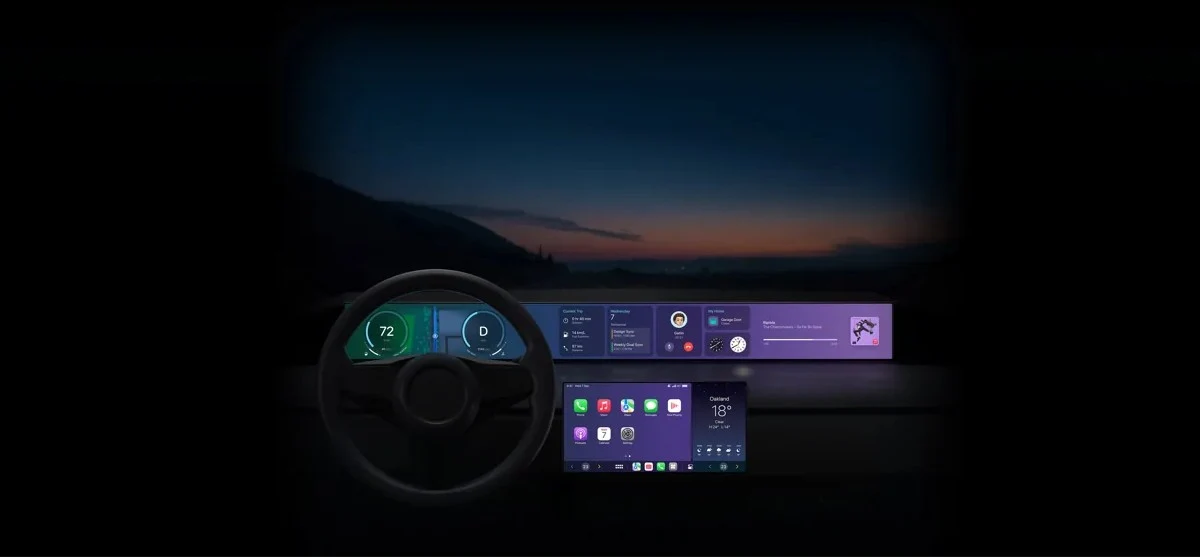Key Takeaways
1. Chongqing is becoming known for its “endless last floors” and aims to be the ‘capital city of drone light shows.’
2. The Glamorous Chongqing drone light show occurs every Saturday and on holidays, with a special show for the city’s 28th anniversary.
3. The drone show features thematic performances that showcase Chongqing’s natural beauty, culture, and urban lifestyle.
4. Organizers face technical challenges like managing varied terrain and ensuring signal synchronization for a smooth performance.
5. The global trend of using drones for events is growing, with the drone show industry expected to reach a valuation of $2.63 billion by 2033.
The city of Chongqing has recently become more well-known on platforms like YouTube and Facebook, especially for its “endless last floors.” Now, it is aiming to be recognized as the ‘capital city of drone light shows.’ On April 19, Chongqing kicked off the Glamorous Chongqing drone light show, which takes place every Saturday and on holidays. However, the Charming Chongqing drone light show, held to mark the 28th anniversary of Chongqing becoming a municipality, stands out the most.
Thematic Performances
The drone show was organized into themes that highlight Chongqing’s natural splendor, culture, urban lifestyle, and vitality. Some of the scenes showcased were City of Mountains and Rivers, Blooming Camellias, and Dynamic Metropolis. While certain scenes were fixed, others were dynamic; one particularly dynamic moment depicted a pod of dolphins jumping in and out of the water.
Technical Challenges
“We had to make adjustments for varied terrain, manage long-distance signal transmission, and synchronize multiple base stations for a seamless show,” said Qin Haiqun, the deputy general manager of Shenzhen Damoda Intelligent Control Technology.
Growing Trend
The use of drones for celebrations, including both government and private events, is becoming a popular trend globally. This practice has spread to every continent, and more companies are striving to take the lead in this market. The drone show industry is predicted to reach a valuation of $2.63 billion by 2033.
Source:
Link



























